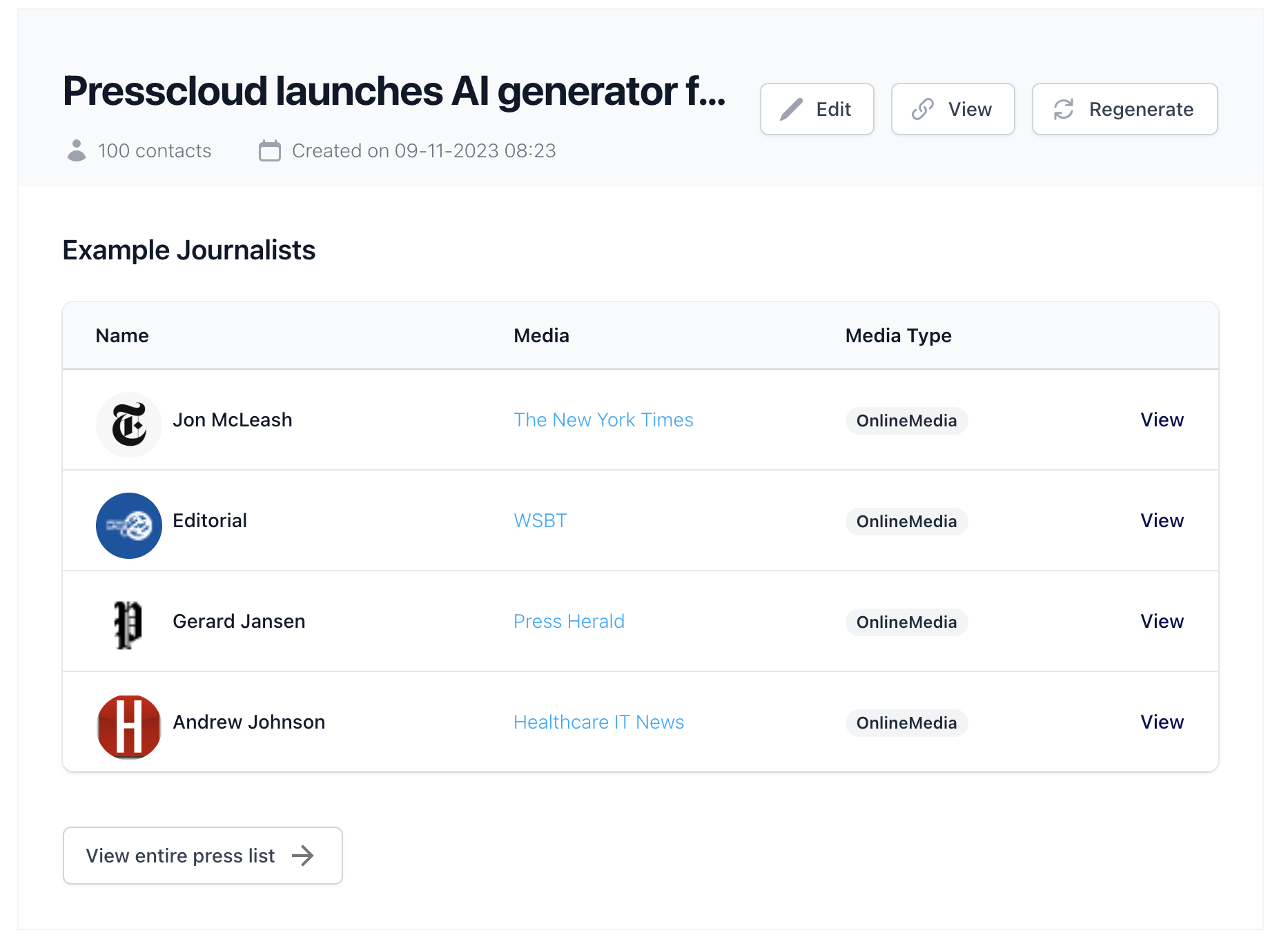A good press release is valuable. It can open doors to media attention, authority in your field, and sometimes even new customers. But how do you get it to the right journalist at the right time, without it ending up straight in the trash?
The answer lies in the pitch. Not the press release itself, but the short email you use to introduce it. After our previous blog about this accompanying email, most users have already improved, but for all new users: there are often even more opportunities here, depending on the company and the press release. So: the most important do’s and don’ts when pitching your press release.
The Do's
Do your homework
Before you email a journalist, dive into their work. What do they write about? What perspectives do they use? Does your story fit with that? If you can show that you understand their audience, your chances of success increase enormously.Write a strong subject line
This is your first – and sometimes only – chance. The subject line determines whether your email gets opened at all. Short, clear, and relevant works best. Immediately show what the news is, without shouting.Be concrete
A journalist wants to know right away: what’s the news? For whom is this relevant? Why now? Answer these questions directly in your pitch. No convoluted intros, no long build-up – just be clear.Keep it short
No one has time for a novel. State the essence in a maximum of five sentences. Attach your press release or provide a link and let the journalist decide if they want to read further.Follow up politely
Heard nothing after a few days? A polite follow-up is allowed. Not “have you read this yet?”, but for example: “I thought this topic would fit well with your article about [x] last month.” Show engagement instead of impatience.
The Don'ts
Don’t make it an ad
A press release is not an advertisement. Journalists can easily see through exaggerated claims and marketing speak. Keep it factual, relevant, and journalistically interesting.Don’t be pushy
Three follow-up emails in a week? Don’t do it. Journalists receive dozens of pitches a day. If your story is strong enough, you don’t need that repetition. And if not, more emails will actually hurt your cause.Don’t use vague language
“We are an innovative scale-up offering sustainable solutions in a disruptive market.” Nice try, but what do you really mean? Be specific and avoid jargon that only makes sense internally.
In summary
Pitching a press release isn’t an exact science, but with good preparation and a sharp approach, you can make a real difference. And remember: a journalist isn’t looking for a ‘release’, but for a story. Help them find that story – quickly, relevantly, and clearly.
Want to be even smarter about it? At Presscloud, we help companies every day with writing and pitching press releases, so your news gets the attention it deserves. Email us or schedule a demo and start today!

